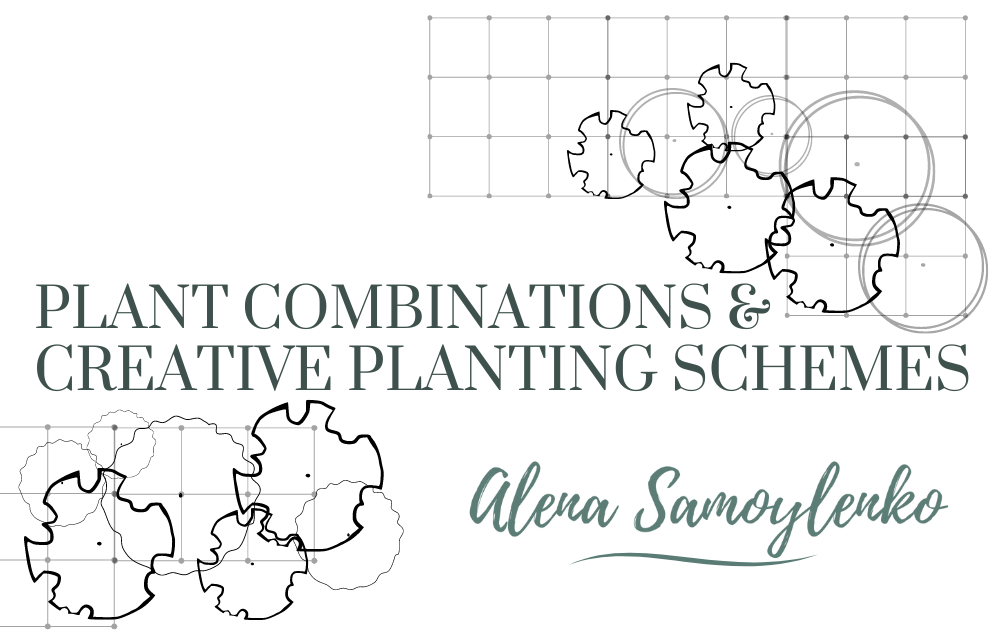In recent years, my fascination with meadows has grown, and I’ve come to appreciate their natural charm and ecological value. While flower beds are lovely, meadows offer a unique allure that’s both cost-effective and enchanting for any garden.


Start Small and Grow Big
My gardening philosophy has always been to start small and gradually expand. You don’t need to transform your entire lawn into a meadow in one go. Instead, begin with a modest area, perhaps near a fence or under a tree, to learn and observe how your meadow evolves. Once you witness the vibrant life and colors that a meadow attracts, you’ll be eager to create more.
In a short video, I illustrate the distinction between traditional grass lawns and meadows. Meadows thrive with life and bursts of color even during hot seasons, while grass lawns often demand more water and maintenance to maintain their lush appearance.
If you’re looking to learn how to create a meadow, here are some steps to guide you:
1. Choose the Right Spot Determine a suitable location for your future meadow. Most meadow plants require full sun and well-drained soil, but there are seed mixes available for various conditions, including semi-shade, damp or dry soil, and coastal sites. Understanding your light and soil conditions is essential before purchasing seeds.
2. Timing is Key Meadow seed mixes are typically sown in early to mid-spring (March/April) or early autumn (September). Check the seed packets for specific details. On lighter soil, autumn sowing often results in quick germination and establishment, while heavy soil may require spring sowing.
3. Prepare the Ground Creating a wildflower meadow from seed starts with bare, weed-free ground. Sowing seeds directly into an existing lawn is usually unsuccessful, as the seedlings struggle to compete with the dense turf. Consider removing topsoil or using a layer of nutrient-free sand as mulch to promote germination and prevent weed growth.
4. Purchase the Right Seeds Select meadow seed mixes that match your soil and lighting conditions. Measure your plot to determine the quantity of seeds needed. Specialized meadow seed mix companies often offer well-thought-out combinations, which can be more cost-effective than purchasing multiple small packets from a local garden center.
5. Sow with Joy Sowing seeds is the most rewarding part of the process. Follow the directions on the package for the recommended seed density per square meter, and enjoy the experience of bringing your meadow to life.
Top 3 Meadow Books
Creating a meadow is a simple yet rewarding endeavor, but if you wish to delve deeper into the topic, I recommend exploring my top three favorite books about meadows.
I’d like to point out that this blog post may include Amazon affiliate links. As an Amazon Associate, I earn from qualifying purchases. Using the Amazon affiliate links I’ve included, you can buy without incurring extra charges while supporting my work with a small commission.
“Sowing Beauty: Designing Flowering Meadows from Seed” by James Hitchmough: A comprehensive resource for landscape enthusiasts, this book provides in-depth information on creating meadows. It’s a must-read for those looking to study the topic thoroughly.
“Tiny and Wild: Build a Small-Scale Meadow Anywhere” by Graham Laird Gardner: This book simplifies the meadow creation process, making it accessible to all gardeners. It offers a step-by-step guide that’s both easy to read and highly informative.

“Meadow: The Intimate Bond Between People, Place and Plants” by Iain Parkinson and Jim Holden: While not a how-to guide, this book explores the beauty and significance of meadows. It’s filled with fascinating facts, immersive perspectives, and captivating stories, complemented by stunning photography.
These books are not only valuable additions to your garden library but also sources of inspiration and knowledge on your journey to creating your own meadow, whether it’s a small patch near your fence or a larger, more ambitious project. Meadows connect people and places through the beauty of nature, and I hope these resources help you discover the magic of meadows in your garden.




